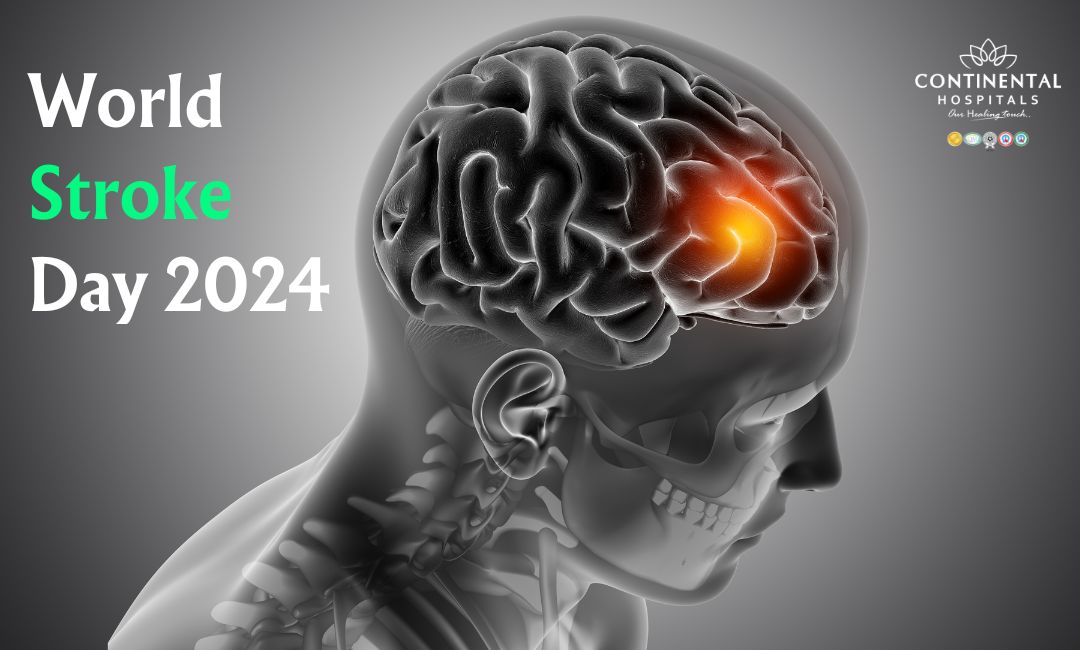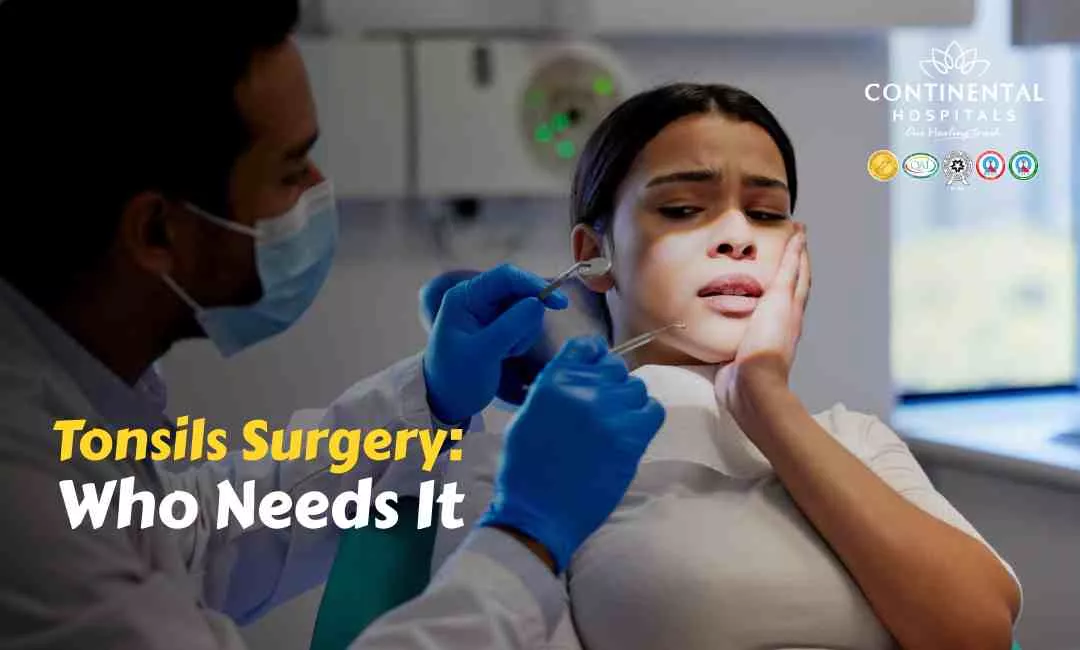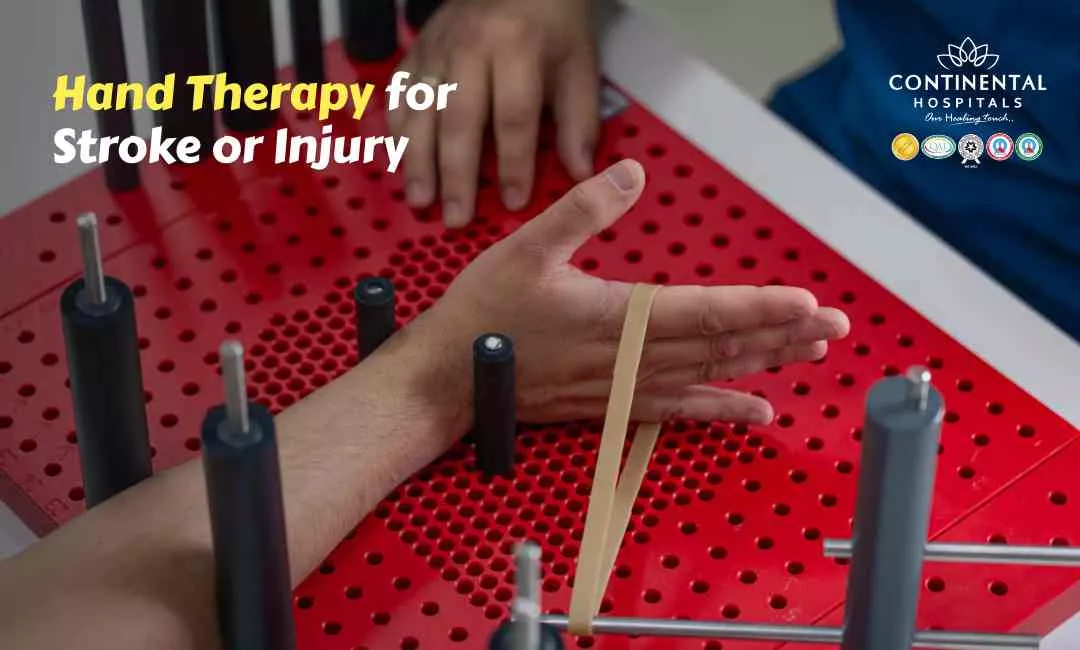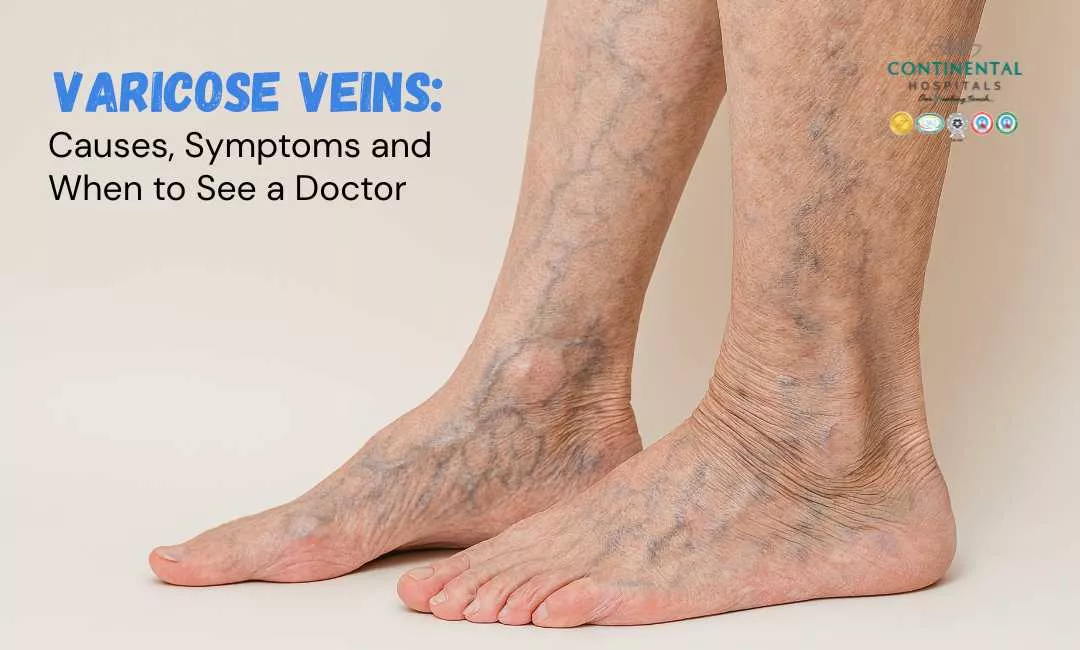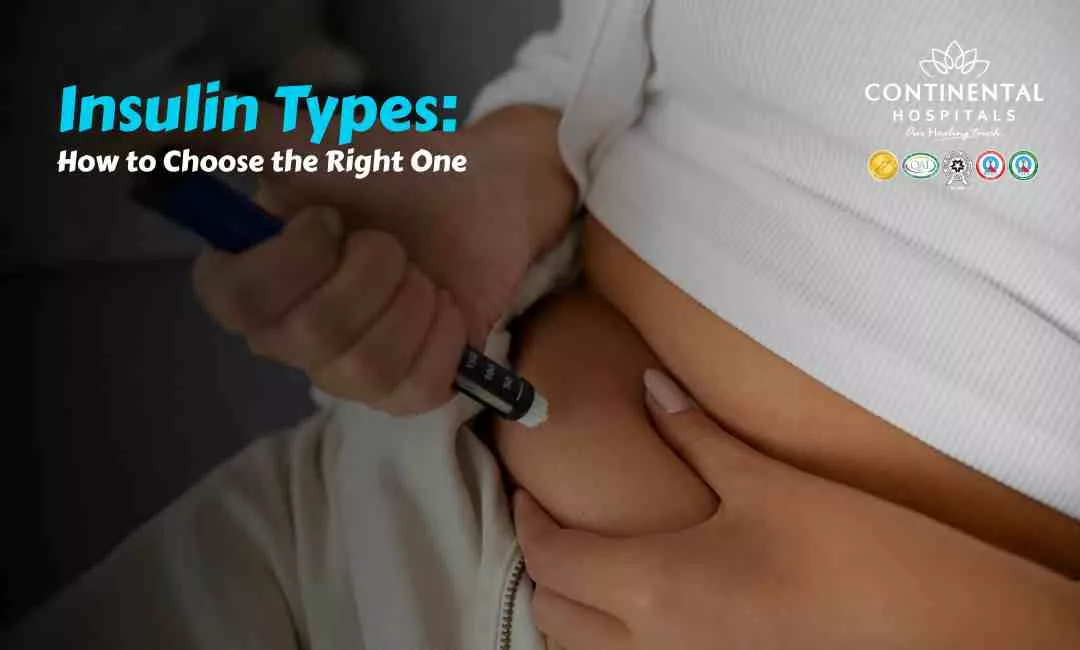World Stroke Day 2024, observed on October 29th, is a global initiative aimed at raising awareness about stroke prevention, treatment, and recovery. This year, the World Stroke Organization (WSO) has introduced the inspiring campaign theme #GreaterThanStroke. The campaign focuses on harnessing the remarkable power of our brain's connections and the emotional strength found in sports to unite and empower individuals and communities. Let’s delve into the significance of this theme, the importance of stroke awareness, and how we can all take part in this year's active challenge.
Understanding Stroke
A stroke occurs when the blood supply to a part of the brain is interrupted or reduced, preventing brain tissue from receiving necessary oxygen and nutrients. This can happen in two primary ways:
Ischemic Stroke: This is the most common type, accounting for about 87% of all strokes. It occurs when a blood vessel supplying blood to the brain is obstructed, often due to a blood clot.
Hemorrhagic Stroke: This type occurs when a blood vessel in the brain bursts, leading to bleeding in or around the brain.
🥗 Healthy Plate Challenge
🍽 Add Your Favorite Dish
Pick Your 6 favorite foods, eat, and see the results.Drag & drop foods onto your plate.
Drop Food Here
Recognizing the signs of a stroke is crucial. The acronym FAST can help you remember:
Face drooping: One side of the face may droop or feel numb. Ask the person to smile to see if it’s uneven.
Arm weakness: One arm may be weak or numb. Ask the person to raise both arms to check if one drifts down.
Speech difficulties: The person may slur words or have trouble speaking. Ask them to repeat a simple sentence.
Time to call emergency services: If any of these signs are present, call emergency services immediately.
The Importance of Stroke Awareness
Stroke is a leading cause of death and disability worldwide, affecting one in six people. The statistics are staggering:
- 15 million people suffer from stroke annually
- 5 million die from stroke each year
- 5 million are left permanently disabled
However, 80% of strokes can be prevented through healthy lifestyle choices and managing risk factors.
Some common risk factors include:
High blood pressure: Often called the “silent killer,” high blood pressure significantly increases stroke risk.
Diabetes: This condition can damage blood vessels and lead to higher stroke risk.
High cholesterol: Elevated cholesterol levels can lead to the build-up of plaques in blood vessels, increasing the chance of a clot.
Obesity: Excess weight can contribute to high blood pressure, diabetes, and high cholesterol.
Smoking and excessive alcohol consumption: Both can damage blood vessels and increase stroke risk.
The Power of Community and Sports
The theme #GreaterThanStroke emphasizes the collective strength of communities coming together to combat stroke. It highlights the idea that by participating in activities such as sports, individuals can strengthen not only their bodies but also their minds and social connections.
Sports have a unique ability to foster teamwork and camaraderie. When people engage in sports, they support each other, celebrate victories, and overcome challenges together. This spirit of unity can be incredibly powerful, especially when raising awareness about important health issues like stroke.
How to Get Involved in the #GreaterThanStroke Active Challenge
Start a Team Challenge: Gather friends, family, or colleagues to form a team. Set a goal to engage in physical activities together—whether it’s walking, running, cycling, or participating in a sports event. Use social media to share your journey and inspire others to join.
Organize Local Events: Consider hosting a community event focused on health and fitness. This could be a fun run, a charity sports tournament, or even a wellness fair with educational workshops about stroke prevention.
Engage in Social Media: Use platforms like Twitter, Instagram, and Facebook to share your progress and stories related to stroke awareness. Use the hashtag #GreaterThanStroke to connect with others participating in the challenge.
Educate Yourself and Others: Take time to learn more about stroke prevention and recovery. Share this knowledge with friends, family, and your community. Understanding stroke can empower people to take preventive measures and recognize symptoms early.
Encourage Active Lifestyles: Promote the importance of regular physical activity. Encourage everyone around you to engage in at least 30 minutes of exercise most days of the week. Physical activity not only helps in maintaining a healthy weight but also reduces the risk of stroke.
The Emotional Power of Sports
Engaging in sports isn’t just about physical fitness; it also has significant emotional benefits. Exercise releases endorphins, known as “feel-good” hormones, which can improve mood and reduce feelings of stress and anxiety. For those who have experienced a stroke or are in recovery, participating in sports can be an empowering way to rebuild strength and confidence.
Moreover, being part of a team can provide a sense of belonging and support, which is crucial for mental health. It encourages individuals to set goals, work towards them, and celebrate successes, no matter how small.
Conclusion: Together We Are #GreaterThanStroke
As we approach World Stroke Day 2024, let’s come together to promote awareness and inspire action. The #GreaterThanStroke active challenge is not just a call to exercise; it’s an invitation to unite as a community, to support each other, and to take proactive steps toward preventing stroke. By embracing the emotional power of sports and the strength found in teamwork, we can make a meaningful impact on stroke awareness and prevention.
Book an appointment with a Neurologist.
Related Blogs:
.webp)

